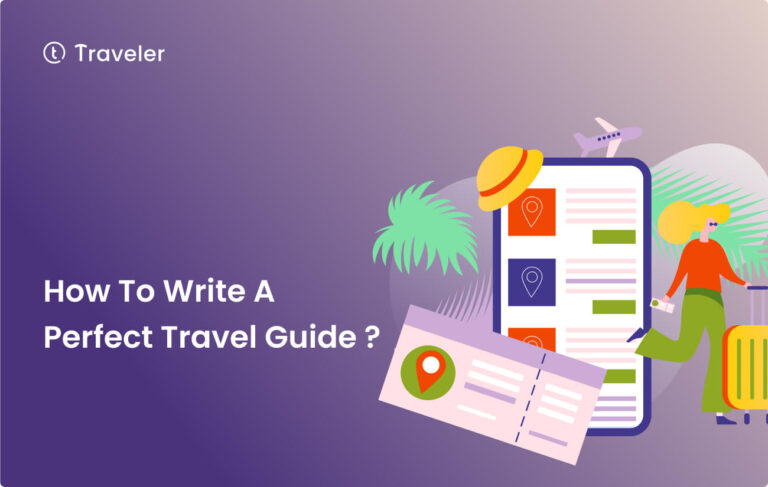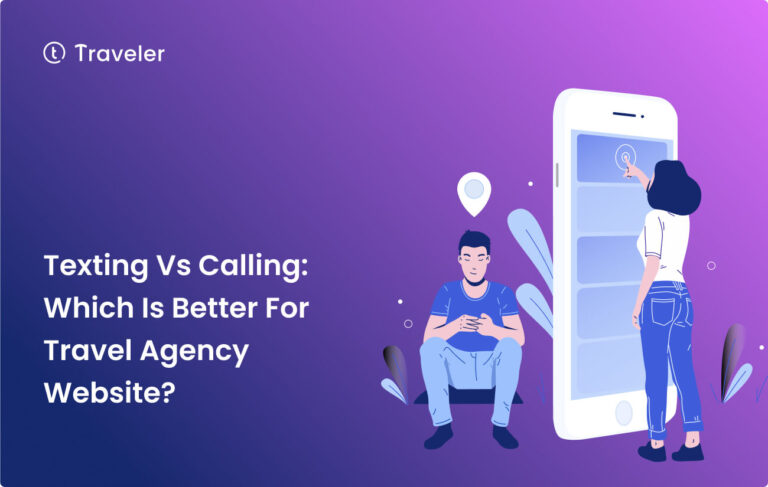Two Main Different Types of Bookings: Direct vs Indirect Booking
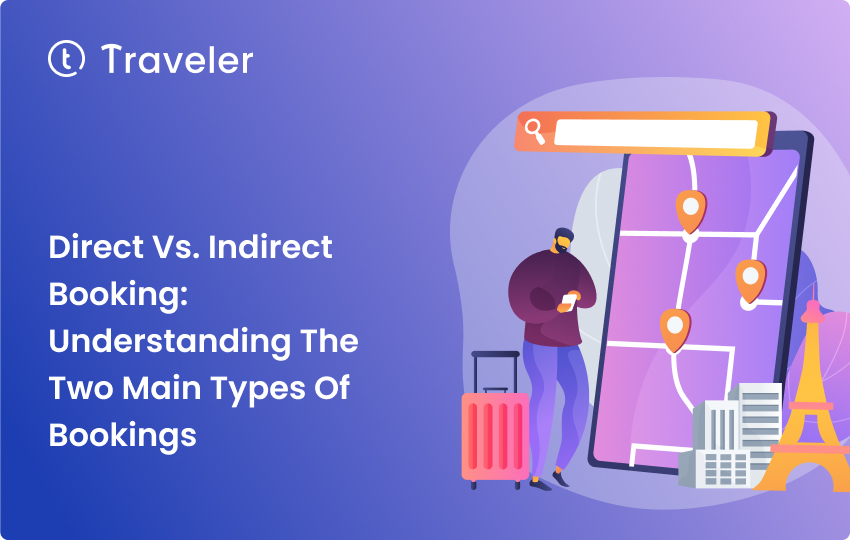
The tour business is a very successful business that serves billions of travelers all over the world. There are so many things for travelers to do, such as sight-seeing tours, adventure activities, and cultural experiences. But a well-run booking process is the key to a successful tour.
Booking is an important part of the tour business because it lets people reserve and guarantee a spot on a tour or activity. Statista predicts that the global online travel market will grow from an estimated $433 billion in 2021 to around $691 billion in 2026. This shows how important online bookings are for bringing in money for businesses in the industry. Without bookings, there would be no customers, no money coming in, and no business in the end.
In the digital age we live in now, there are two ways to book: directly and indirectly. In this article, we’ll talk about how these two types of reservations are different, as well as their pros and cons.
Direct Booking
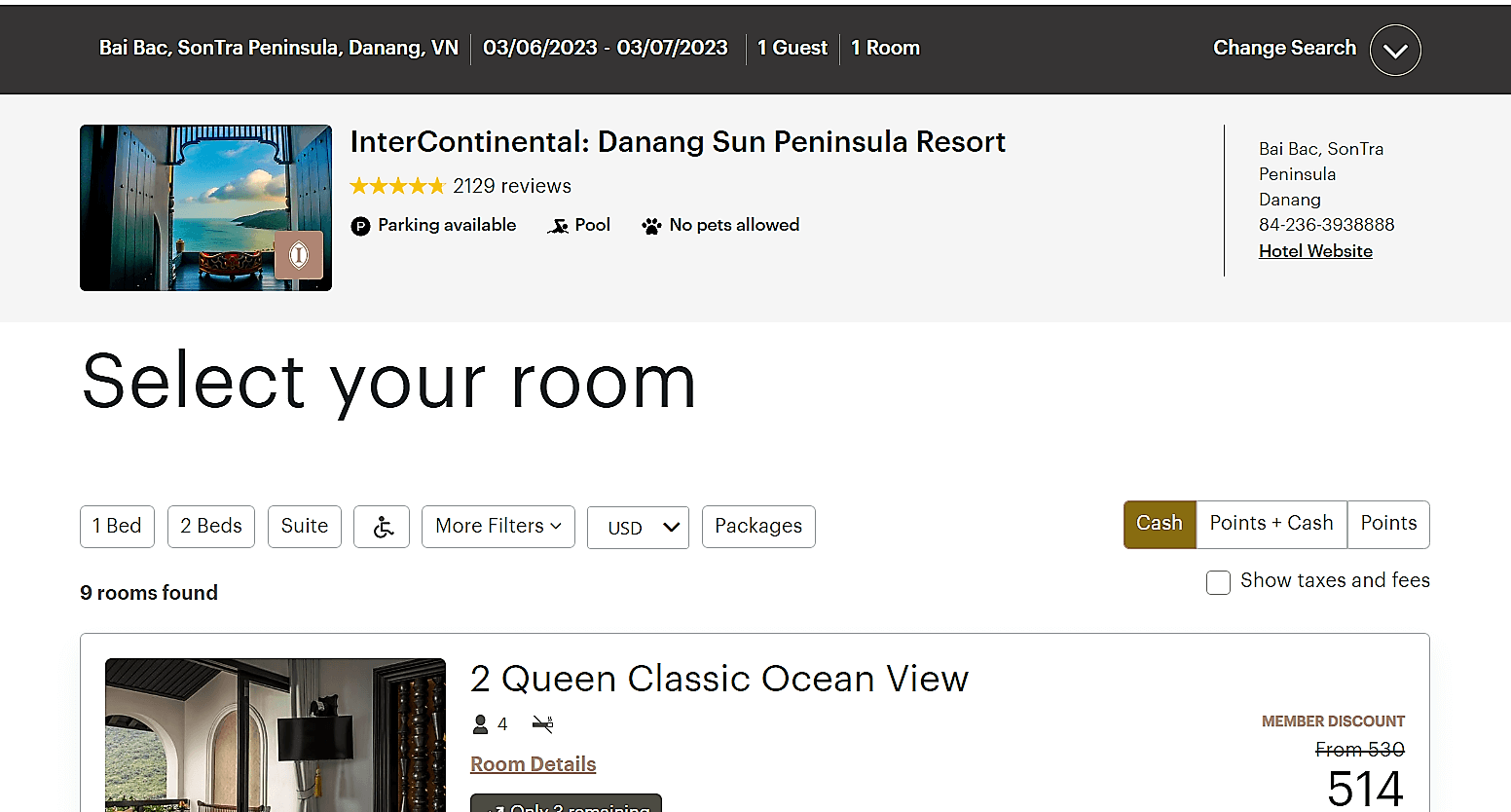
Direct booking is the most cost-effective way for a tour business to get new customers, since profits don’t have to be split with a third party. It’s when a customer contacts the tour company directly and makes a purchase without taking any extra steps, like online, by mail, over the phone, etc. For example, when someone books an activity or a guided experience directly through a website or social media and completes their reservation right away with no other middlemen. In this way, the tour company can run a full sales cycle, from advertising to hiring, while staying true to its brand standards and making more money.
Increased control over customer experience

As a tour company, direct booking can give you a number of benefits that can make the customer’s trip better. Here are some examples:
- Personal touch: When customers book tours directly, tour companies can offer customized itineraries and suggest extra activities based on what customers are interested in. This helps build relationships and customer loyalty.
- Online Communication: Direct booking makes it possible for agents and customers to talk to each other online about any questions or concerns. This lets tour companies send personalized messages and suggestions based on customers’ past travels and preferences.
By taking direct bookings in-house, tour companies make sure that their customers have a consistent experience and get to know them better. This makes customers happier, makes them more likely to come back, and spreads good word of mouth.
Greater potential for upselling
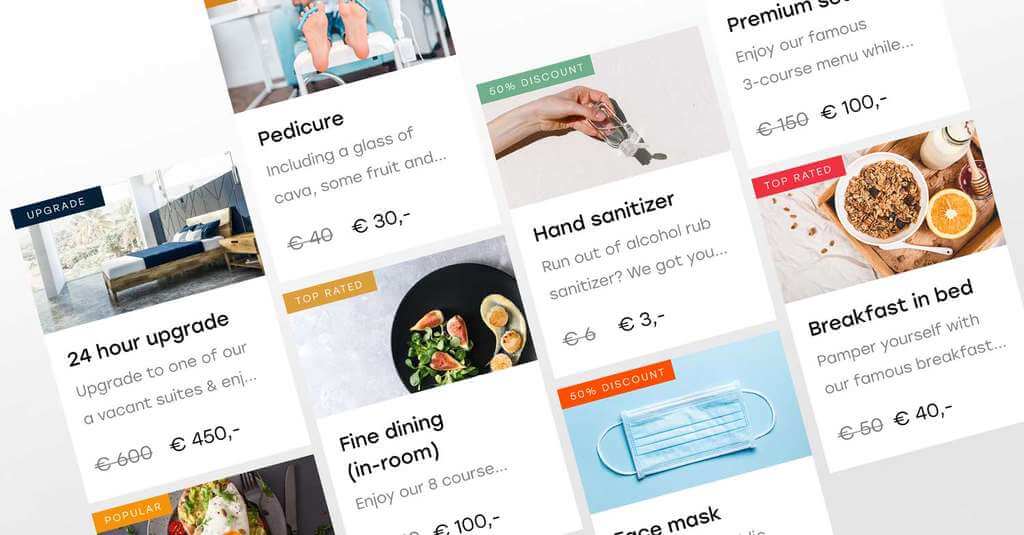
Direct booking is a good way to increase the number of chances to upsell. Here are some specific ways that tour companies can upsell customers by using direct booking:
Offer add-on packages: When a customer books a tour directly with the tour company, they can choose to add on extra packages or features. For instance, a hiking tour company might offer an add-on that includes renting camping gear and going on a guided night hike.
Offer upgrade options. Offering upgrade options is another way to make more money through direct booking. For example, a boat tour company could offer an upgraded seating package with premium seats that have better views and are more comfortable.
Include special experiences: Tour operators can also offer special experiences that aren’t part of standard tours through direct booking. As an extra, a company that gives food tours could offer an exclusive tasting menu at a popular restaurant.
Bundle services: Tour companies can put services together to give customers more value and give them more chances to buy more. For example, a sightseeing bus tour company could sell tickets to popular places along the route at a discount if they were bought as a package.Direct booking also lets tour companies offer discounts or free gifts to customers who buy something during their trip and are loyal to the company. This not only makes customers more likely to come back, but it also gives them a reason to buy more.
Higher profit margins
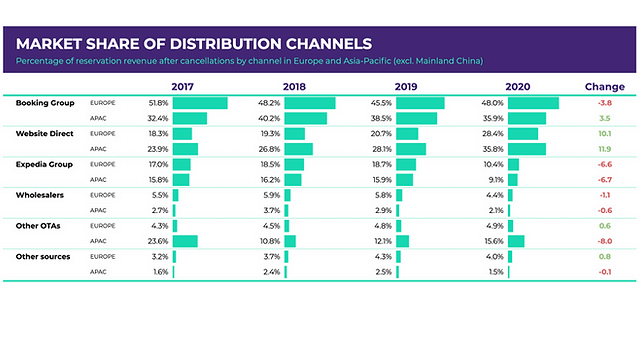
Direct bookings give tour companies the chance to set their own prices and decide how to market themselves. In fact, a study by Hotel Management found that businesses can save up to 15–30% in commission fees if they switch to direct bookings. As an example, during the slow season, many tour companies may offer discounts on certain tour packages as a way to boost sales. With direct bookings, these businesses can easily change prices without having to wait for approval from outside sources or deal with third-party services. This level of control lets them quickly put into place effective marketing strategies that bring in customers and help them make the most money possible.
Booking through a call center operated by the tour company

When people call the call centers of tour companies to book trips, they get personalized help. They answer questions about the prices, availability, and package details of the products and services they offer. This customer service experience makes the booking process easier, faster, and more efficient, and gives customers confidence that their trip has been booked correctly.
Booking through the tour company's website
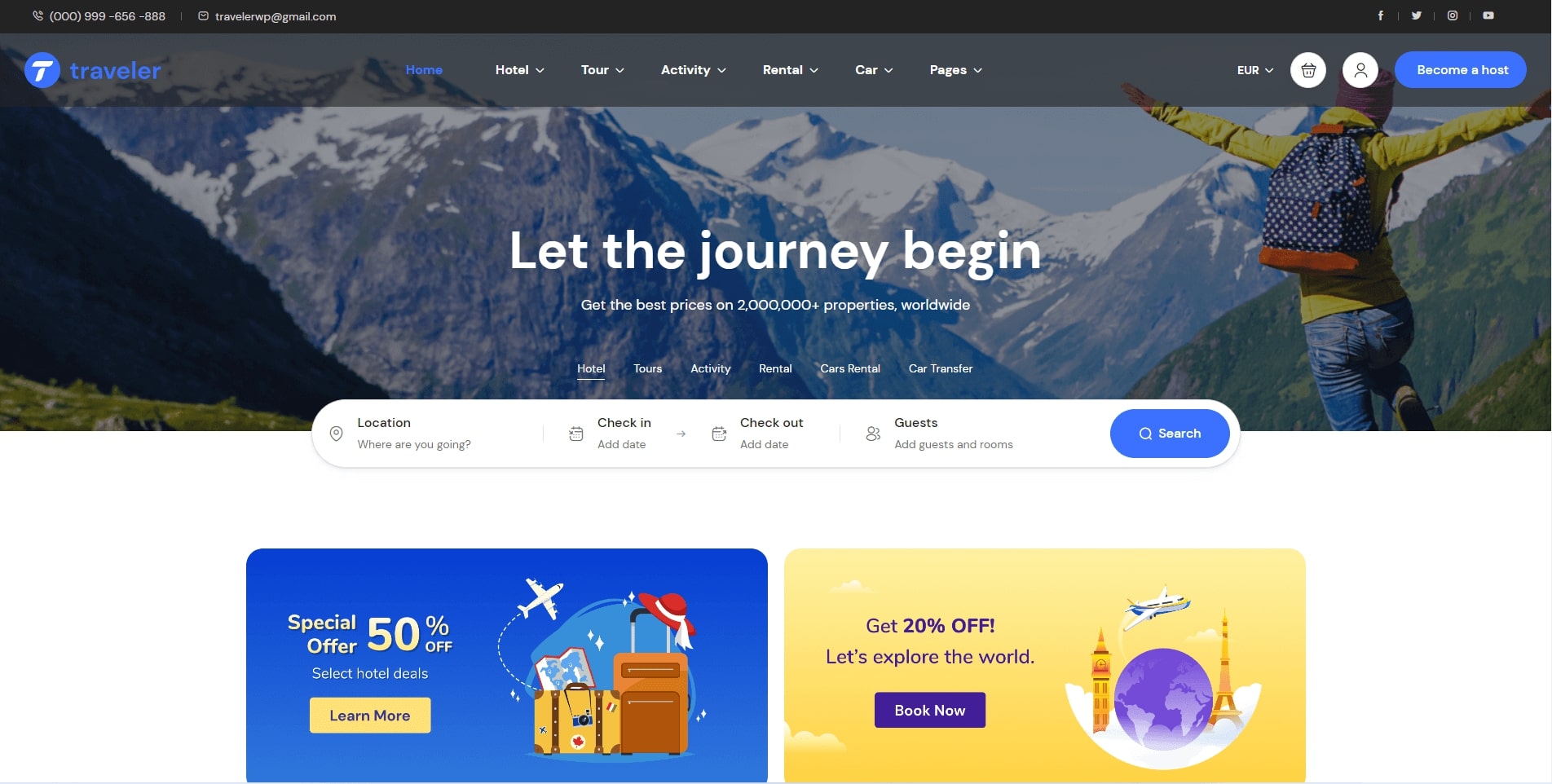
Booking a tour through a tour company’s website provides customers with a variety of advantages. These include:
- Convenience: Customers can book tours quickly and easily, with no need to go to a physical location.
- Variety: Tour companies often offer a wide selection of tours, allowing customers to find the perfect tour for their needs.
- Secure Payment: Customers can pay securely with credit cards or other payment methods without worrying about their financial information being compromised.
- Up-to-Date Information: Tour companies provide customers with up-to-date information about the tour, including departure times, pick-up locations, and other details.
- Support: Tour operators are available to provide customers with support if they have any questions or concerns about their tour.
Indirect Booking
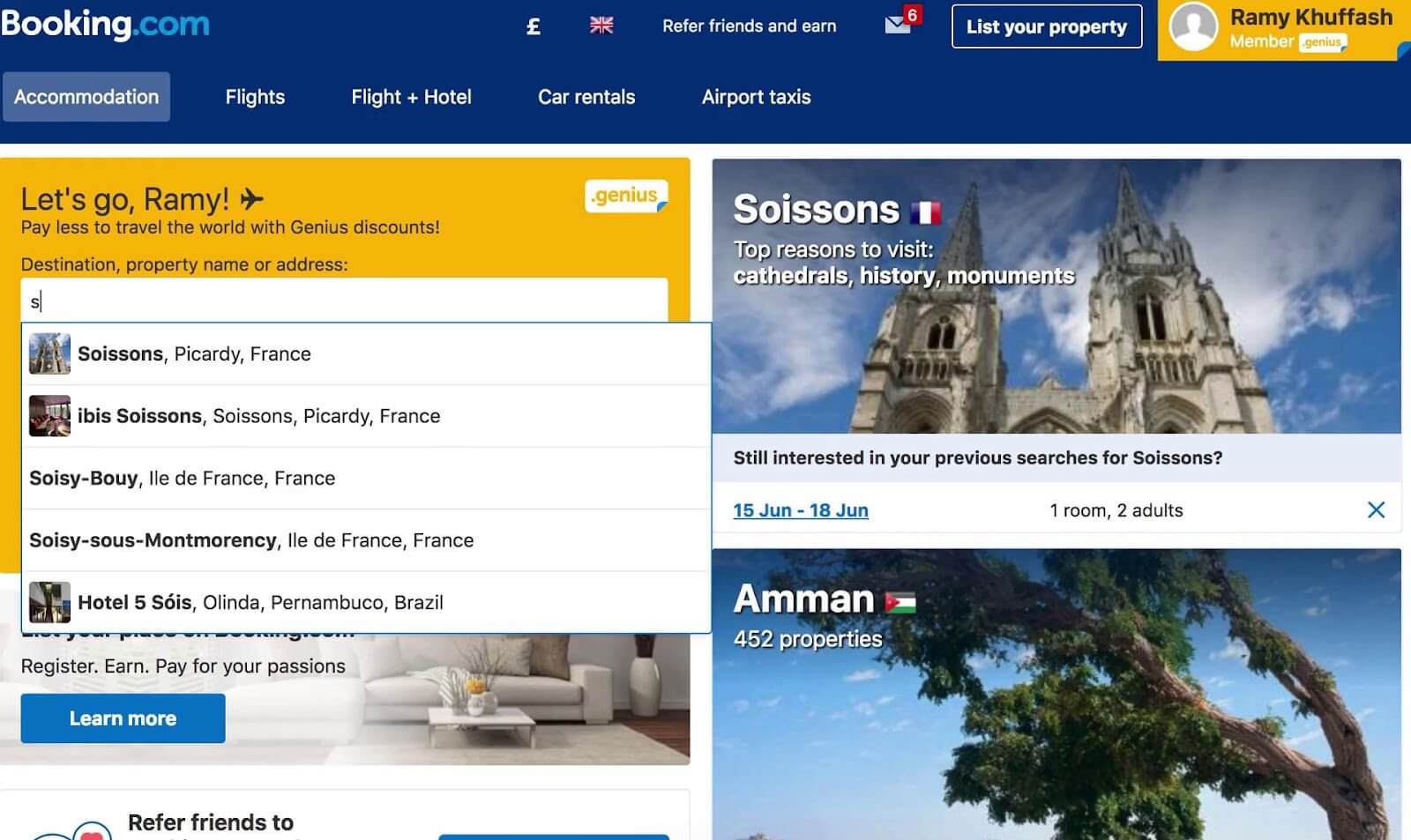
Indirect booking means making a reservation through a third party, like an online travel agency (OTA) or a wholesaler, instead of directly with the tour company. Customers can choose from a wide range of hotels, resorts, airlines, and more, as well as tours, through these channels. This lets them compare prices and services before making a decision. But they also take a cut of every reservation made through their platform. Booking.com (15–25% commission), Expedia (10–25% commission), and Hotels.com (10–20% commission) are all well-known OTAs.
Increased reach and exposure through third-party channels
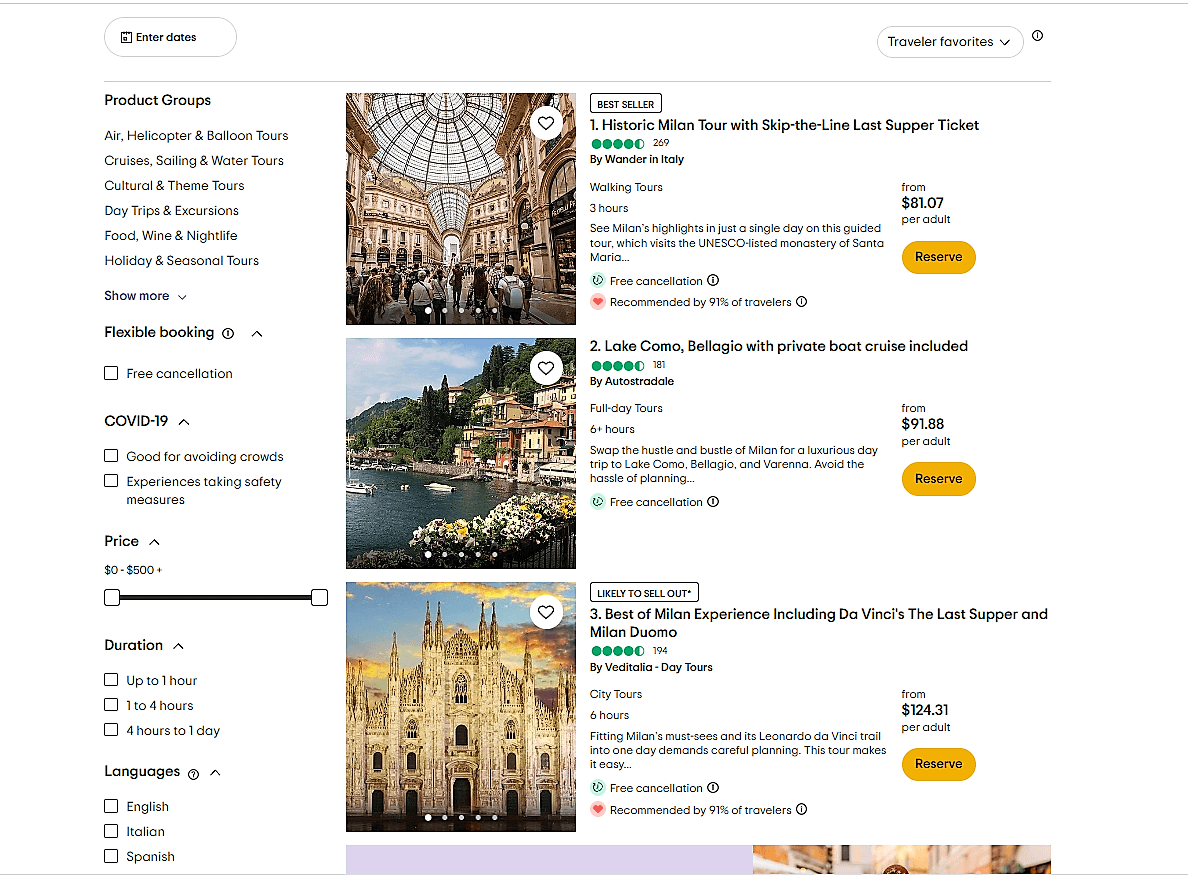
One big benefit of indirect booking for tour companies is that they can reach and show themselves to more people through third-party channels. By teaming up with well-known OTAs like Expedia, Booking.com, and TripAdvisor, tour companies can take advantage of their huge user bases and reach the most people possible.
- Expedia has a wide range of services and features, such as a customer service team that is available 24/7, special deals and offers, and a mobile app that makes booking easy.
- Booking.com has detailed reviews from past customers, different ways to pay, and a rewards program for customers who use it often.
- Customers can book tours and activities directly on TripAdvisor, and they can also read ratings and reviews of each provider.
All of these OTAs give tour companies the perfect way to get more people to know about them and see their tours.
Reduced marketing costs

By using a third-party site or platform to reach out to potential customers, tour operators can spend less on marketing than they would with traditional methods.
- Word of Mouth: Lower costs for traditional marketing methods like flyers and print ads, as well as online marketing methods like pay-per-click campaigns.
- Advertisements: Less expensive to buy ad space in print and online publications and to run radio or TV spots.
- Social: Keeping a presence on social media sites like Facebook and Twitter costs less than it used to.
- Customer Reviews: Using third-party review sites to collect and promote customer reviews has cost less.
Because of this, it shouldn’t be a surprise that many companies are switching to indirect booking options to get the most money back while spending the least on marketing.
Booking through online travel agents (OTAs)
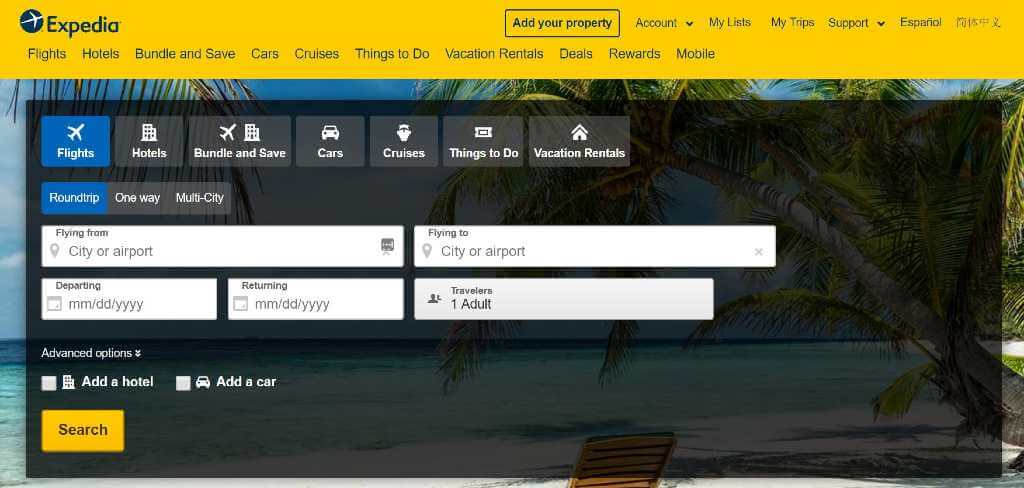
Tour companies are using OTAs more and more as a way to book trips without going directly to them. OTAs give customers access to many different tour companies, which gives them the freedom to book tours that interest them. Also, these OTAs can offer customers discounts and special deals that are hard for a single tour company to match. For example, when you book with Expedia, you can combine different parts of a trip, like flights, car rentals, and accommodations, which isn’t possible with other sites.
Booking through tour operators or wholesalers
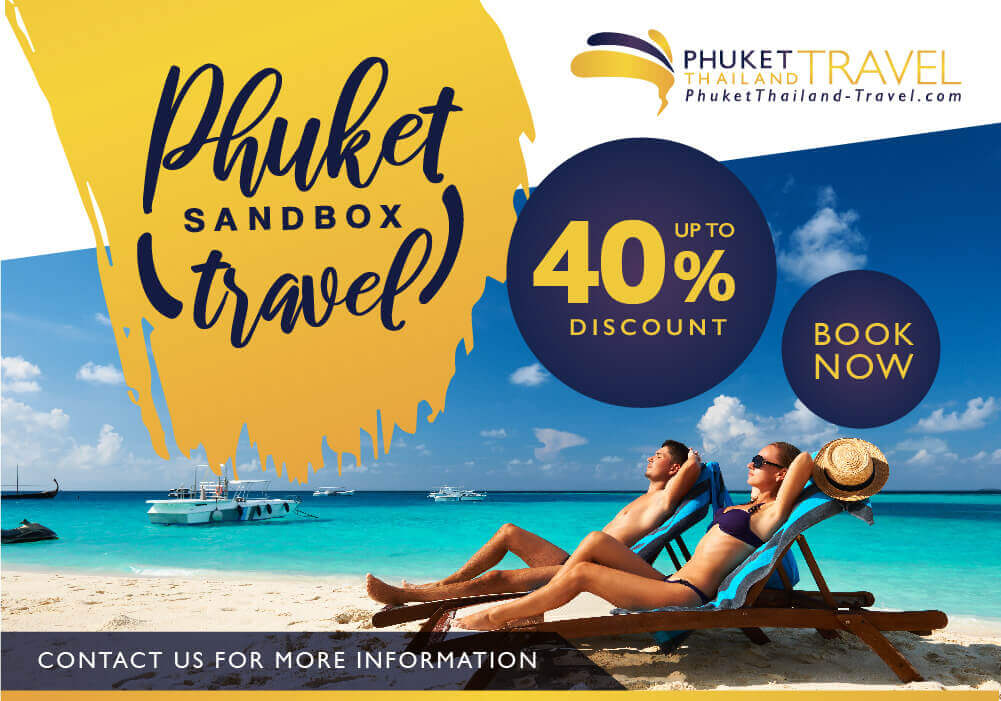
Booking through tour operators or wholesalers is a great way to increase bookings for a tour company. The benefits of using these booking methods include:
- Increased exposure to potential customers
- Access to larger networks of customers
- Ability to reach customers in different countries
- Cost savings for customers due to lower prices
- Ability to negotiate better deals with suppliers
- Streamlined processes for booking and managing reservations
- Increased flexibility in terms of payment methods and other services offered
Comparison
Pros and cons of direct and indirect booking
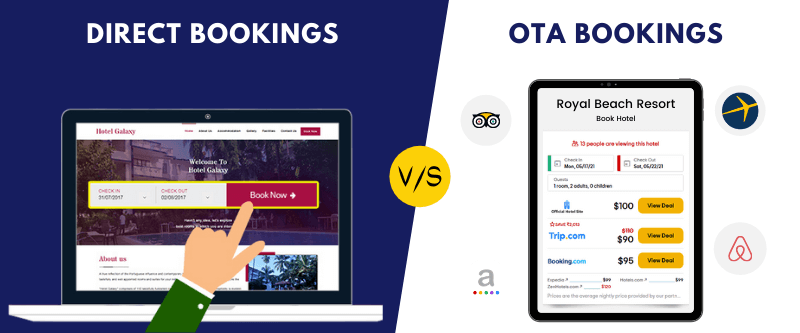
Both booking options offer different advantages and disadvantages that must be carefully weighed before deciding which route is right for a particular business:
Pros of Direct Booking:
- Keeps control of marketing and pricing
- Can lead to longer sales cycles
Cons of Direct Booking:
- Ongoing staffing costs
Pros of Indirect Booking:
- Increased exposure
- More convenience for customers
Cons of Indirect Booking:
- Higher transaction fees
- Less control over availability
In the end, the choice between the two strategies should depend on the needs and goals of each business.
Factors to consider when choosing between direct and indirect booking

When deciding between direct booking or using an indirect platform, there are several factors to consider. Here are some things to keep in mind:
- Cost of booking: Does one option cost more than the other?
- Time to book: How long does each take to complete?
- Level of control: How much control do you have over the booking process?
- Flexibility: Does one offer more flexibility than the other?
- User experience: How user-friendly is the booking process?
Ultimately, the decision between direct and indirect booking will depend on each tour company’s needs, so it is important to weigh all of these factors carefully before deciding.
Conclusion
To run a successful tour business, you need to make decisions that are good for both the customers and the business. One key part of this plan is to think about both direct and indirect booking options. Throughout this conversation, we’ve talked about the pros and cons of each type of booking, which should be taken into account when deciding which method is best for your tour company. Direct bookings give the business more control over customer service and higher profits, while indirect bookings let the business reach more customers and improve communication with them through third-party agents. Taking all of the above into account, it’s clear that both direct and indirect bookings are important for a successful tour business. Direct bookings make sure that customers pay you right away, and often at a higher margin. Indirect bookings, on the other hand, bring in customers who aren’t already in your established markets. This lets you get more customers and reach more people. Any tour company that wants to make money and grow should think about both ways of booking.

